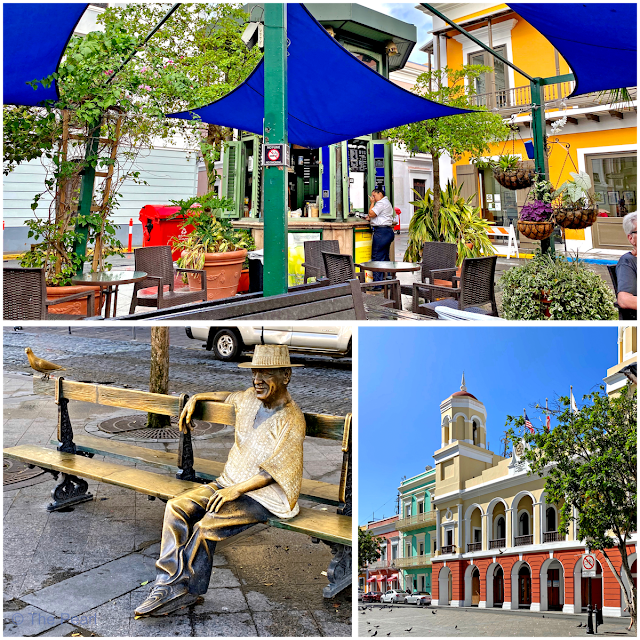“I wish I had never gone traveling. Said no one ever.” -Anonymous
On our first night in San Juan as we walked along the street we could hear a sound we didn't recognize. I wondered what type of bird was making the noise we heard. Later during our time in Puerto Rico we found out it wasn't a bird, but a frog. The sound the little tree frog makes is “Co-kee! Co-kee!” This sound is what gives the little frog its name, Coquí.
Coquí is a tiny tree frog, about one inch long, native to Puerto Rico. It's skin is smooth and almost transparent, with coloration rapidly blending with its surroundings. Hiding in moist and dark places during the day, it emerges at sundown for its nightly performance.
Coquí is a tiny tree frog, about one inch long, native to Puerto Rico. It's skin is smooth and almost transparent, with coloration rapidly blending with its surroundings. Hiding in moist and dark places during the day, it emerges at sundown for its nightly performance.
The coquí frogs are found on a number of islands throughout the Caribbean, but only the ones in Puerto Rico sing, and only the males in Puerto Rico are vocal. The male coquí’s song has been measured at 90 to 100 decibels, making it the loudest existing amphibian. Like the coquí, many Puerto Ricans are smaller in stature, but exuberant when speaking. The traits of this minuscule frog and the tremendous people of the island often mirror each other, so it's the perfect national symbol for Puerto Rico: small island, small frog, BIG VOICE.
Here is the sound of the coquí.



















































